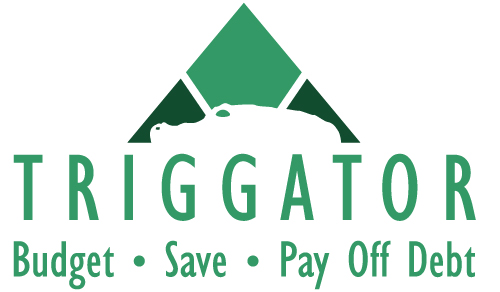There are two different ways to save money. The first ways is spending less on retail products. The second is setting aside money in the bank to spend later. This article will discuss saving money in the bank (or under your mattress).
More...
You might find that month after month you get your paycheck, but before any ends up in your savings account it’s vanished into thin air.
If you are looking to pad your savings account, here are some tips that will make it easier.
Put a Name on Your Money
When you get your paycheck, there are likely top contenders that absolutely have to get paid, like your landlord or mortgage company and the grocery store.
You know that money is essentially already spent so it’s easier to avoid losing that money into oblivion.
Decide what you want to save money for and put a name on that money.
It could be your emergency fund, a vacation fund, car, furniture or whatever strikes your fancy.
If something you want to (or need to) save for stakes a claim, it’ll be easier to hold onto that money.
Save a Little at a Time for Non-Monthly Expenses
Often times you’d like to save money, but then something sneaks up and bites you. First it’s little Johnny’s birthday. The next month Amazon Prime came due and at the same time my printer ran out of ink and needed to be replaced. Then winter crept in and you had to switch to winter tires or you won’t make it up that steep slippery hill to get to work every day.
Whatever it is in your life, there will always be moments like these. To combat the constant flow of surprise expenses (which really aren’t that surprising), plan and save for them in advance.
Think about some of the “one off” (or non-monthly) expenses that you have and save a little bit of money each month for these. Here’s an example of how it works …
My printer company offers an ink refill program. I pay them $3 a month and as soon as I need ink, they automatically ship it to me. Ink is expensive, so I’d rather pay the $3 a month than the $150 it would cost me to replace it spur of the moment. The price works out to be about the same, but it’s easier to come up with $3 than $150 all at once.
Make sense?
So, I use this same system for pretty much everything I can think of. When a birthday, back-to-school, or Christmas comes around I have the money I need, not stress!

Separate Your Savings
Some banks or credit unions will let you have multiple savings accounts and give each account a nickname.
If you’ve already named what the saving is for and you don’t want it to get “accidently” spent, put it into it’s own savings account.
You can have an account for your emergency fund, one for your non-monthly expenses and any other savings to suit your needs.
Contact your bank to see if this option is available and the terms for it.
An online bank called Ally will let you set up as many savings accounts as you’d like with no minimum balance. You can set them up right inside your account anytime you’d like and give it a nickname.
Other banks might have a minimum balance you have to maintain or other fees, so make sure you research it first. If you can’t find a good option, check out Ally.
Automate It
If you want to make saving a cinch, automate it.
Some companies will let you use direct deposit to more than one account. If you know the amount you’d like to save each paycheck, you can split that amount into your savings account automatically on payday.
If you don’t have that option, set yourself a reminder to go into your bank account on payday and initiate a transfer into your savings.
Transferring the money immediately reduces the risk of the money getting spent before you can set it aside.
Watch It Grow
There is something extremely satisfying about seeing your account grow. It gets to the point where you hate to see the balance go down when you need to spend some of your savings.
One way to keep an eye on your savings is to create a goal and keep track of it on paper. You may have seen examples of this when people create a thermometer and fill it in as they add money to their savings.
A visual element such as this might be just the boost you need to keep your savings growing. Here is a savings goal worksheet you can use.

